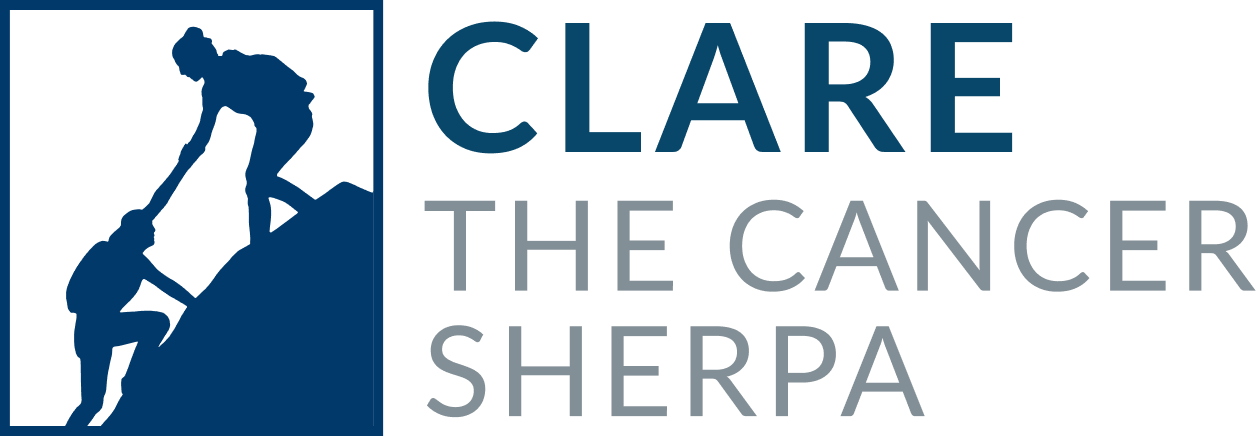If you never saw yourself as someone who would or could donate blood, I get it; I didn’t either. As a blood cancer survivor, my first and last thought on the subject was, who would want a unit of this gnarly cellular soup? As it turns out, my fellow hematology and oncology patients do.
Thanks to the generosity of over twenty-one strangers (one donor per unit), I have had two red blood cell and nineteen platelet transfusions. I would not have survived if I did not have other people’s red blood cells and platelets flowing through my veins, and yet it never occurred to me that I could do the same, especially for others like me.
As an adolescent undergoing treatment, I was told I could not donate blood, and it never occurred to me to ask if I could if I made it to adulthood. I simply assumed that donating blood was not one of the ways I could help my fellow hematology and oncology patients. I was lucky as I only needed twenty-one transfusions. My fellow sickle cell and anemia patients need them regularly over their lifetime.
Recently, however, when I was catching up with my oncologist, he casually said that I could donate blood. Frankly, I was stunned and almost angry with myself. How had I been in remission for over twenty-five years and never bothered to ask that question? Later, he told me to double-check with the Red Cross, as it’s possible that I do not qualify. I did, and I don’t, but this is when I started to learn that different organizations have different eligibility requirements. Memorial Sloane Kettering, for example, would happily accept my blood donation as long as I am five years out from having pediatric leukemia. Survivors of adult leukemias and lymphomas are permanently ineligible from giving blood, but still, this was all information I had at my fingertips.
My simple advice to anyone nervous about or who believes they are not eligible to give is to conduct a ten-minute google search for “blood donation eligibility.” Dig deeper than your local Red Cross, as they only collect 40% of the nation’s blood supply. Check your local hospitals and blood banks, as they may need your help to save patients in the ER, surgery, or daily cancer and blood disease clinics.
Quick Blood Donation Facts
Thirty-eight percent of Americans are eligible to donate blood—and less than ten percent actually do. Unless you have been exposed to the blood donation process through a blood drive at school, work, community center, or place of worship, the process is pretty opaque, so let’s start at the beginning.
Here is a breakdown of the types of blood and blood products you can donate:
|
Red Blood Cell (RBC) |
Platelet |
Plasma (AB Plasma) |
Whole |
|
|---|---|---|---|---|
|
What it is: |
Concentrated dose of RBCs |
Concentrated dose of platelets |
Concentrated dose of plasma |
Dose of blood that contain all 3 of the previous components as well as white blood cells |
|
What they are: |
RBCs are responsible for carrying oxygen from the lungs throughout the body, and iron is used in this process |
Platelets are tiny, colorless cells in the blood that form clots to stop the body from bleeding |
Plasma is a light yellow liquid that carries water, salts, and enzymes critical to clotting *Largest (~55%) component of blood |
Blood, and all of its components, just like your own |
|
What happens: |
Donation uses an automated process that separates your red blood cells from the other blood components, and then safely and comfortably returns your plasma and platelets to you |
Donation uses an apheresis machine that collects platelets along with some plasma, safely returning your red cells and most of the plasma back to you |
Donation uses automated process that separates plasma from other blood components, then safely and comfortably returns your red blood cells and platelets to you |
Donation is the quickest and most flexible, as a pint of blood is collected by a mobile unit, at a blood drive, or at a donation center without any machinery and can be given as whole unit or separated into RBCs, WBCs, platelets and plasma |
|
Who it helps: |
-Patients suffering from anemia or an iron deficiency which include trauma patients, newborns and emergency transfusions during birth, sickle cell anemia patients, and anyone suffering blood loss |
-Patients suffering from cancers, like leukemia, where the disease and treatment suppress platelet counts -Organ transplant and other surgial patients |
-Primarily used in emergency / trauma patients to help stop bleeding -Also used to treat patients with severe infections, burns, and liver failure |
-Patients suffering traumatic injury or undergoing surgery |
|
Time it takes: |
1.5 hours |
2.5-3 hour |
1.25 hours |
1 hour |
|
Ideal blood types: |
O+ *O- A- B- |
A+ A- B+ O+ AB+ AB- |
*AB+ *AB- |
All blood types |
|
Donation Units: Typical Units Infused |
2:3 |
>5:5 |
1:4 |
1:1 |
|
Donation frequency: |
Every 112 days, or up to 3 times per year |
Every 7 days, or up to 24 times per year |
Every 28 days, or up to 13 times per year |
Every 56 day, or up to six times per year |
|
Shelf life: |
Up to 42 days |
5 days |
1 year |
21-35 days depending on anticoagulant used |
Note: The above information is provided by the Red Cross and some information is specific to that organization. Please visit the Mayo Clinic for further Q&A.
As you can see, the vast majority of donations are whole blood donations. They do not require machinery, can be collected anywhere, and can be transfused as whole blood or separately as RBCs, platelets, and plasma. All blood is screened, a medical history is part of the intake process at the donation site, and lab tested for STDs and other infectious diseases.
Meeting The Need
Every two seconds, someone in America needs blood and or platelets. Every day approximately 29,000 units of RBCs, 5,000 units of platelets, and 6,500 units of plasma are needed across the U.S. Every year, almost 16 million blood components are transfused, and blood, nor its components, can be manufactured. Thus, I am grateful for the ~6.8 million people who donate blood annually.
Bottom line: One donation can save more than one life.
Food for Thought
Even at the height of my teenage rages against my disease, I drew strength from knowing that I had other people’s blood coursing through my veins. It felt like someone, somewhere, was standing behind me. My blood donors were my very own anonymous, invisible army, strangers that wanted nothing more than to see me have the chance to grow up.
If my story does not make you reconsider becoming a donor, maybe the groups below will.
- 1,000 new sickle cell patients born into a patient population of just under 100,000
- Over 1.9 million new cancer patients who will be diagnosed this year, 16,00 of whom will be ages 0-19
- Over 3.6 million babies born to over 3.6 million birthmothers
- Millions of trauma and surgical patients who require up to 100 units of blood per procedure
Now, if you’re feeling inspired to donate you can learn even more about the process of blood donation here, and locate your nearest donation centers here. Don’t forget to check with your local hospitals too.
It’s important to note that eligibility requirements for donating blood vary; I can donate to some organizations due to my pediatric blood cancer history, but not others. As I said, check out all of your local blood collection centers, as each has different needs and, thus, different eligibility requirements.
If you’re not eligible to donate blood, here are some things you can do:
- Encourage those around you to donate blood, and make it easy for them by finding the closest donation center. You can easily search for blood donation centers here.
- Host a blood drive at your school, business, community center, or church. Get the inside scoop on how to get started here.
- Offer to drive or accompany friends and family members who may be nervous about donating.
- Have juice or a sugary snack ready after the friends or family donate.
- Thank people who have taken the time to give a donation that saved a life.
National Blood Donation Month brings crucial awareness to this life-saving practice. If you have further questions about donating blood, don’t hesitate to contact us anytime. We are happy to help in any way we can, even if it is entertaining you while you donate!
Oh, and while we’re on the subject, here are some excellent resources to teach you more about your blood and blood type: https://www.redcrossblood.org/donate-blood/blood-types.html


